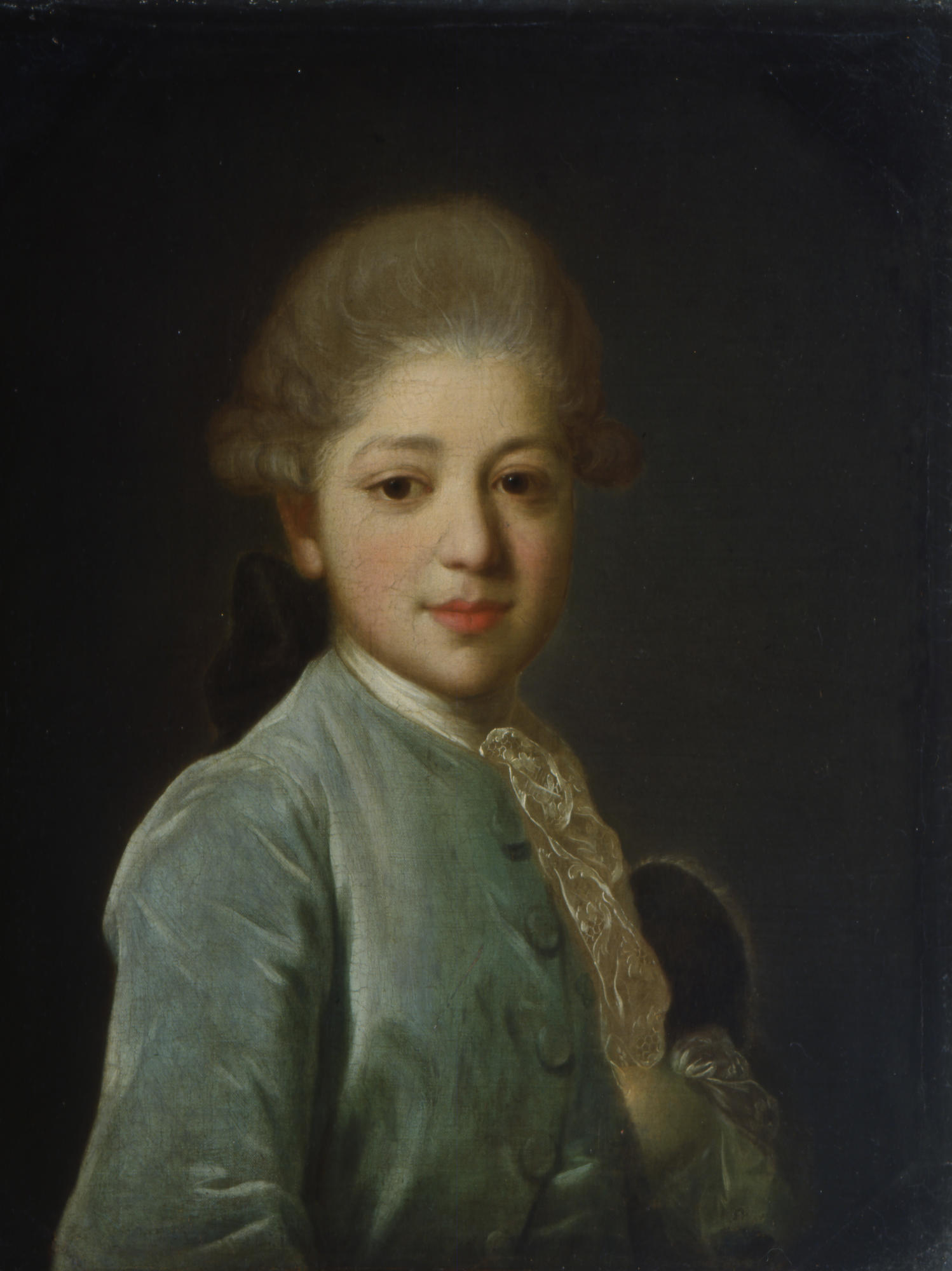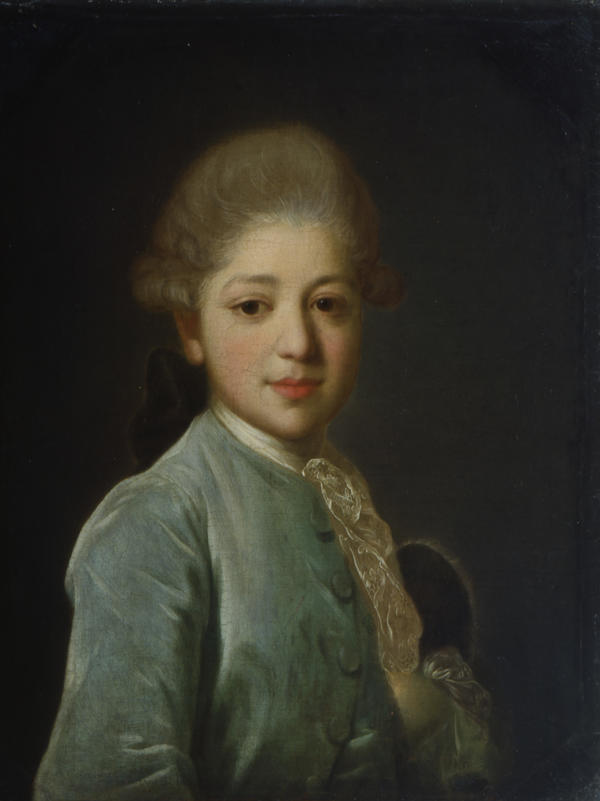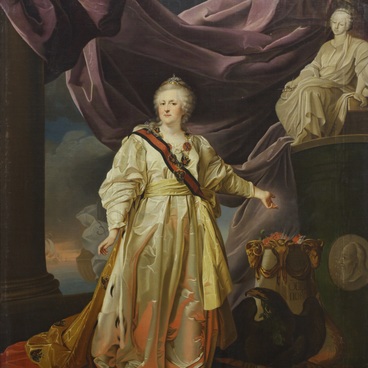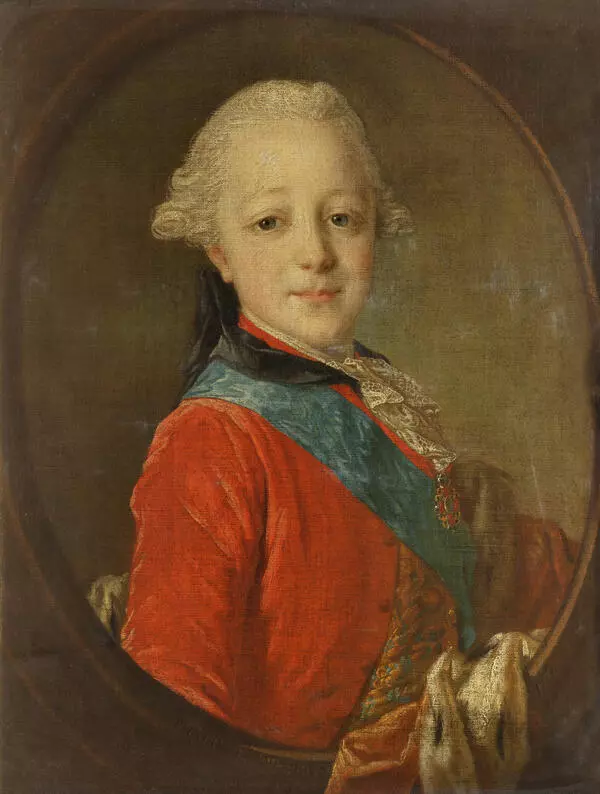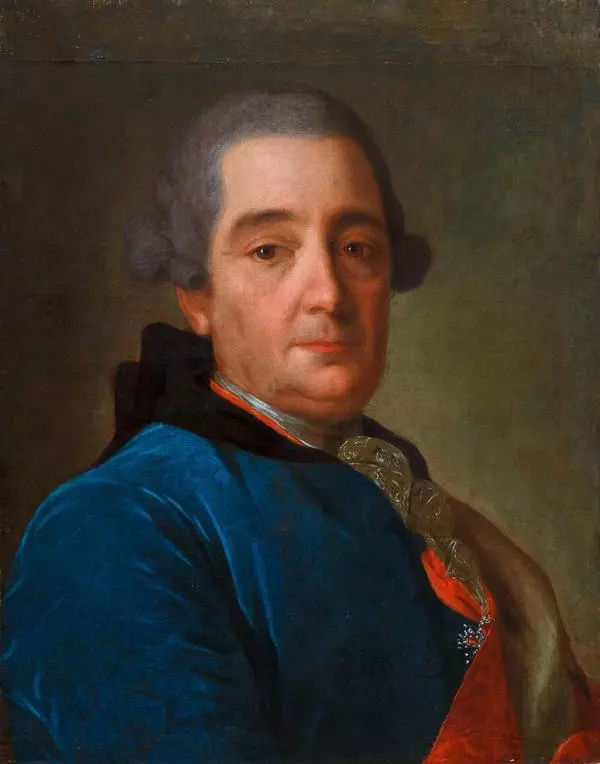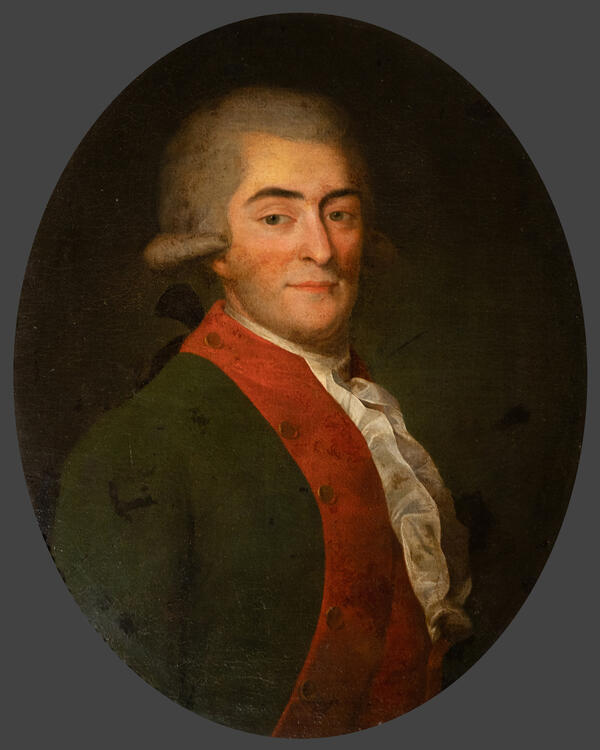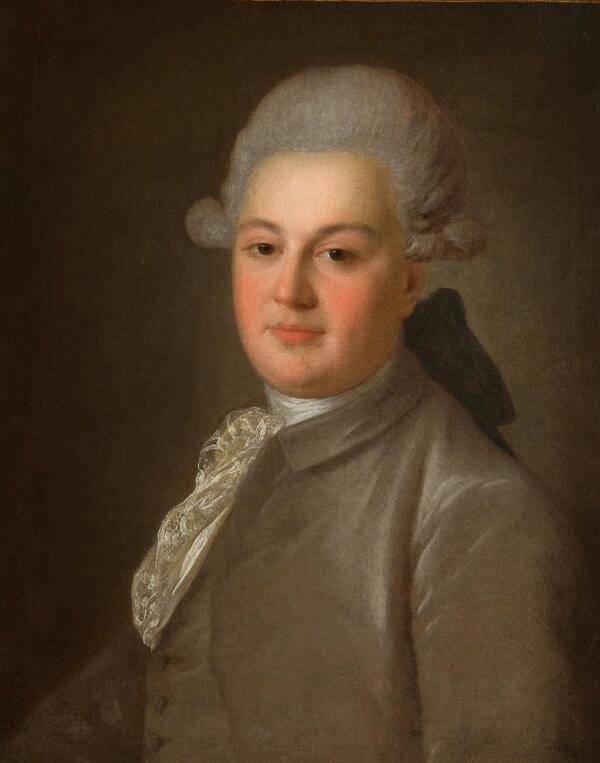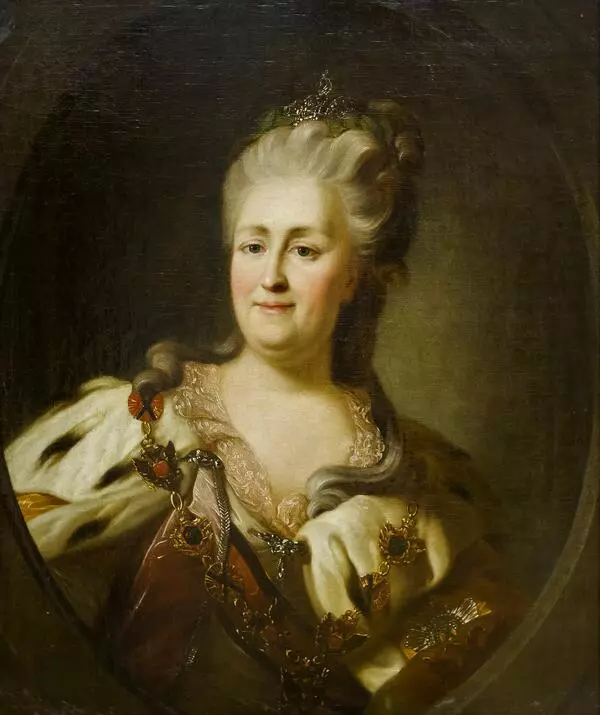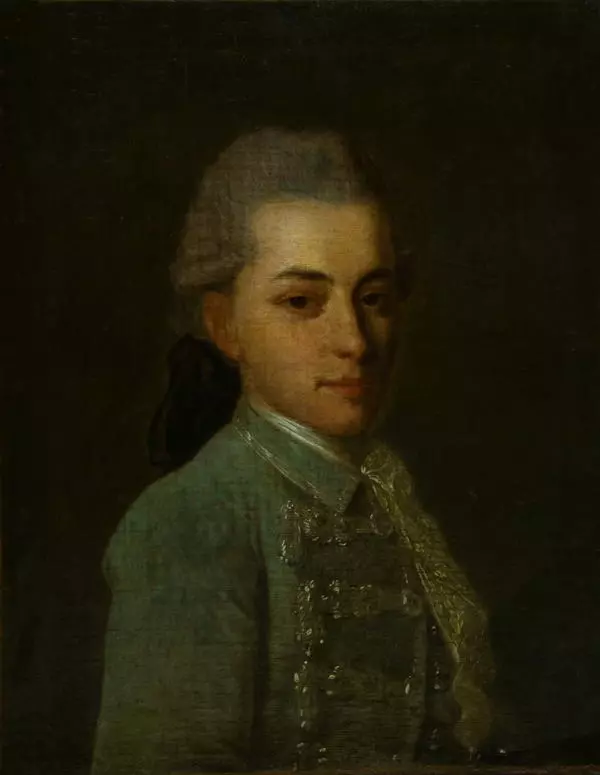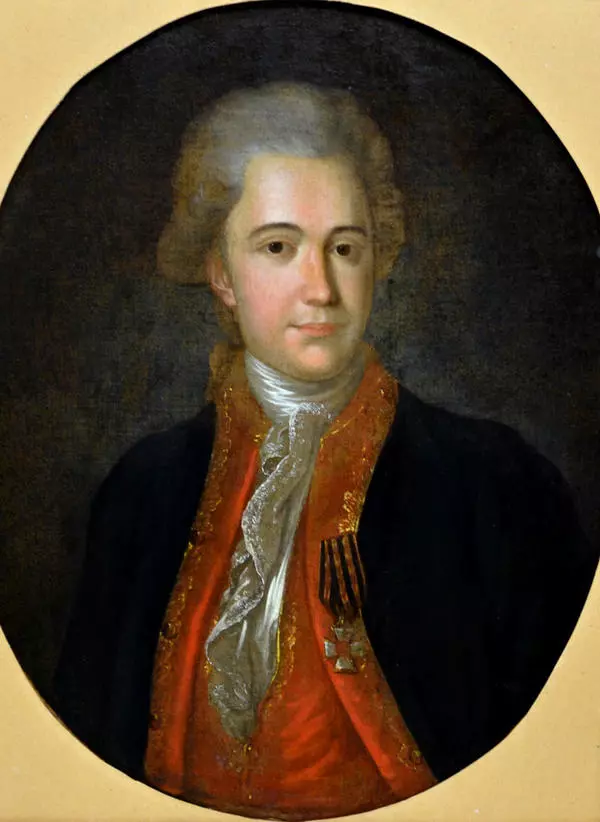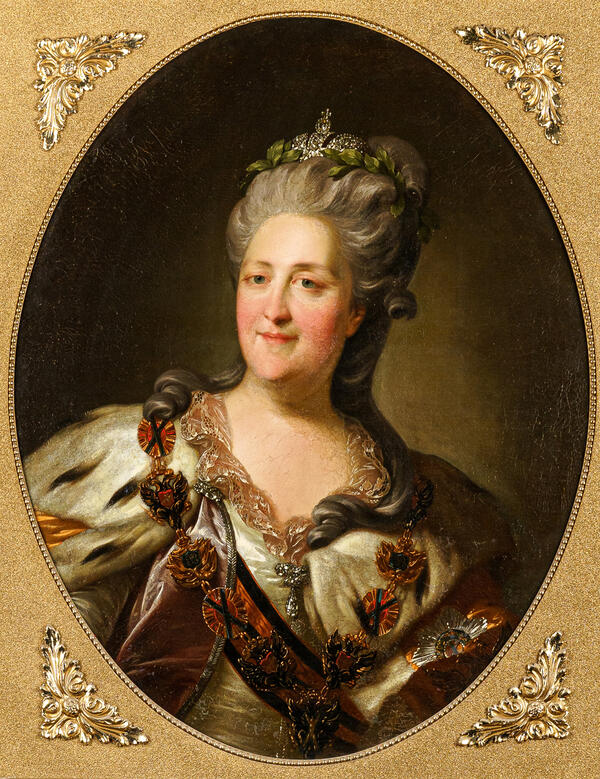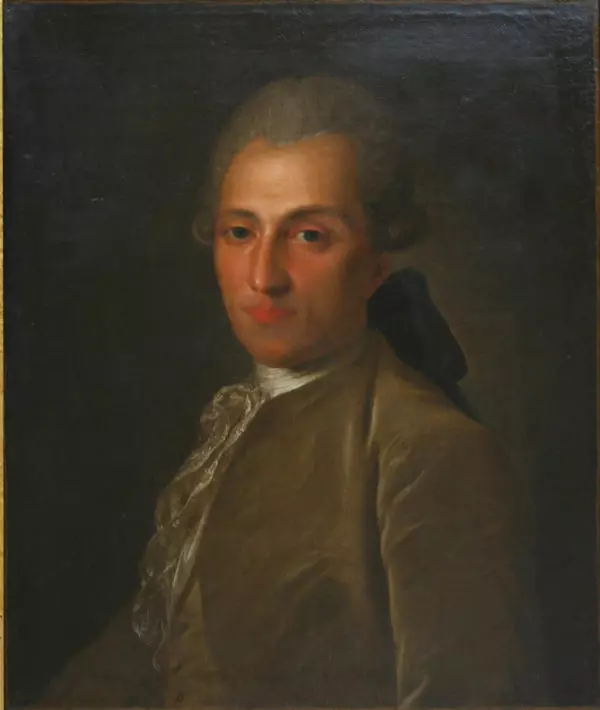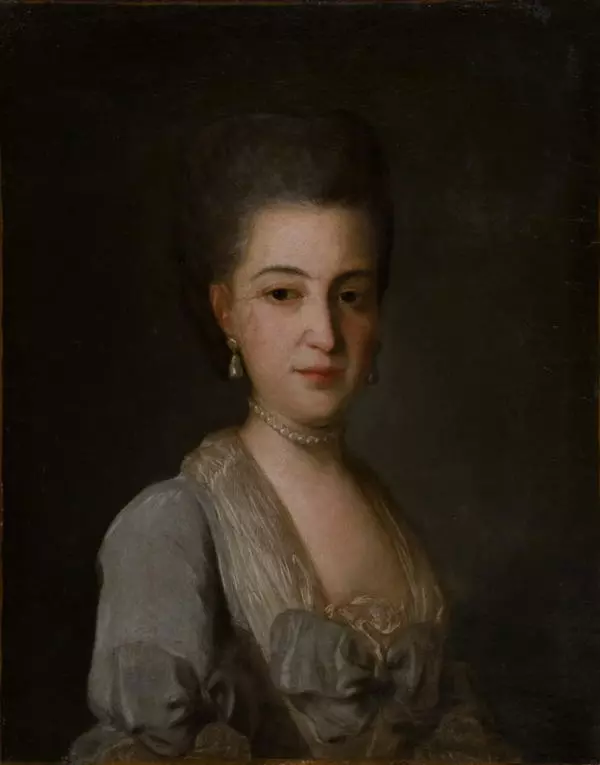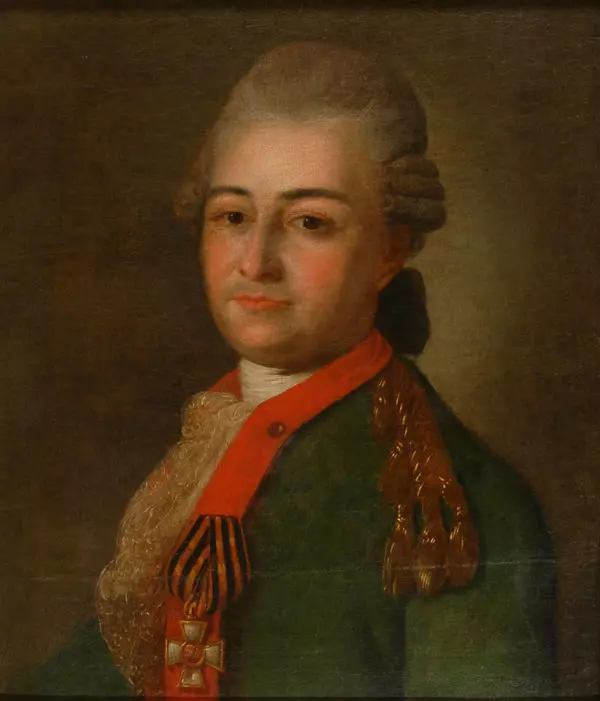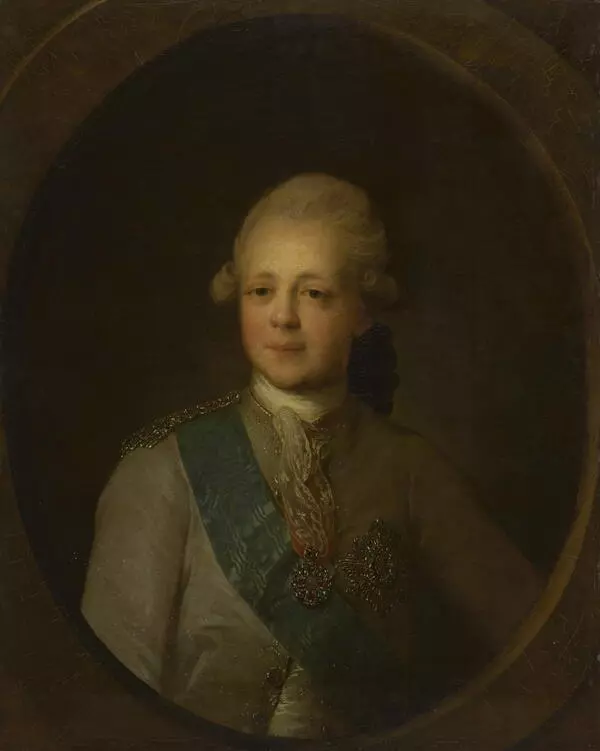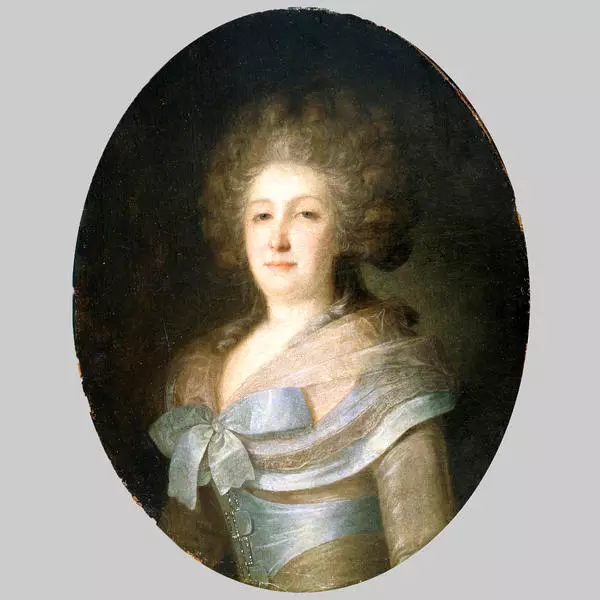Fyodor Rokotov was born in 1735 near Moscow. There is no reliable information as to whether he was a nobleman, a serf, or an illegitimate son of Prince Pyotr Repnin. The young man who was good at drawing was brought to the Academy of Arts by Ivan Shuvalov, the founder of Moscow University. After graduation, Rokotov stayed at the Academy as a teacher. In 1763, he painted a coronation portrait of Catherine the Great. Wielding a skilful brush and palette, the artist sought to convey the character and emotions of the subject. The famous and fashionable artist had a lot of commissions from the nobility. ‘Skilful and famous, ” engraver Jacob von Staehlin, his contemporary, wrote about him.
Fyodor Rokotov used several layers of paint to create his works and had to wait till each layer dried. At the end, he glazed the painting by covering it with fine translucent strokes and making the image look alive. The lower layers appearing through the upper ones produced the impression of incredibly delicate painting. This unique manner was Rokotov’s signature.
Most likely, Fyodor Rokotov was a pupil of Pietro Rotari, a Baroque painter. The Baroque takes its name from the French word rocaille standing for an ornamental motif of stylised seashells. Usually, this style was used for small-sized and intimate paintings. Rococo elements can be traced in soft shapes: an oval hat, the round buttons on the caftan, and the curling swirls of the frill.
The painting shows 14-year-old Dmitry Golitsyn, a son of Major General Prince Mikhail Golitsyn. In his refined technique Fyodor Rokotov revealed the fine features of the youth who stopped being a child but was not an adult yet, his delicate skin and fuzzy hair, and at the same time, his self-esteem and poise.
Originally, as the Gallery’s Senior Researcher Olga Batievskaia found out, the painting had an oval frame. Art expert Igor Grabar gave a description of the painting in a catalogue of Rokotov’s works exhibited by the Tretyakov Gallery in 1923. It said that the original frame was oval and the Prince was wearing a light-blue caftan. It turned out that in 1930’s, art restorers lined the portrait with a new canvas, replaced the frame, and applied varnish over the painting. With time, the varnish turned yellow and changed the painting’s colour to soft green.
